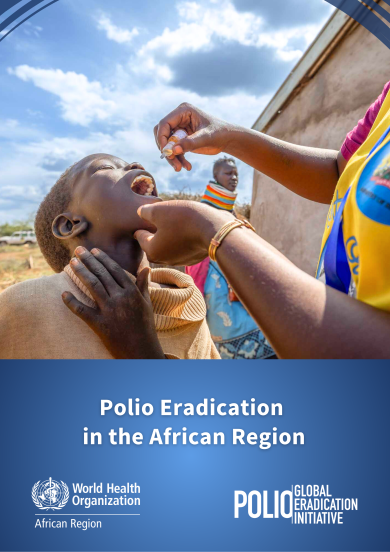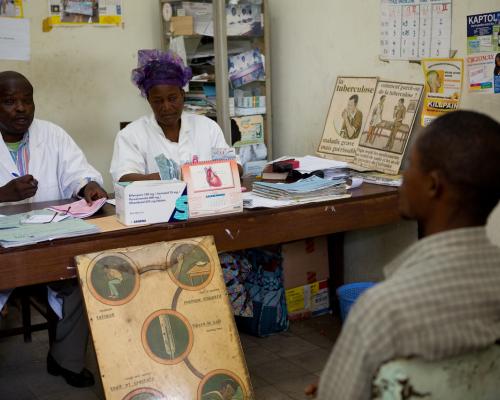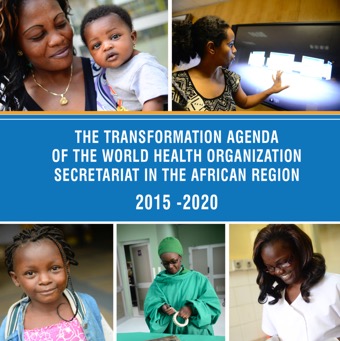
Highlights of the polio response in the African Region (January-March 2025)
In the first quarter of 2025, the WHO African Region made significant strides toward polio eradication. Nine countries mounted high-quality vaccination campaigns, protecting nearly 54 million children with at least one dose of polio vaccine.
In January, WHOAFRO hosted its Geographic Information System (GIS) Summit, setting the stage for a digital transformation of public health in Africa through advanced mapping and data tools. In February, a high-level delegation from the Global Polio Eradication Initiative (GPEI) visited Nigeria to galvanize political commitment and tackle challenges such as insecurity and misinformation.
Importantly, new training sessions on advanced sequencing techniques boosted laboratory capacity in both Southern and West Africa. In Zimbabwe, laboratory capabilities were further strengthened with the commissioning of a state-of-the-art Environmental Surveillance (ES) laboratory unit within the National Polio Laboratory — enhancing the country’s ability to detect and respond to poliovirus outbreaks. Meanwhile, Malawi advanced efforts to sustain polio assets and integrate them into stronger, more resilient health systems by holding its National Polio Transition Planning Meeting.
With GPEI support, rapid and synchronized outbreak responses in the Horn of Africa reached nearly 18 million children in Ethiopia, Kenya, and Somalia with lifesaving polio vaccines — despite complex challenges. Strong cross-border coordination remains vital to stopping the virus in key transmission corridors like the Horn of Africa and Lake Chad Basin. Encouragingly, the Region saw a 93% drop in variant type 1 detections and a 65% decrease in type 2 cases from 2023 to 2024.


